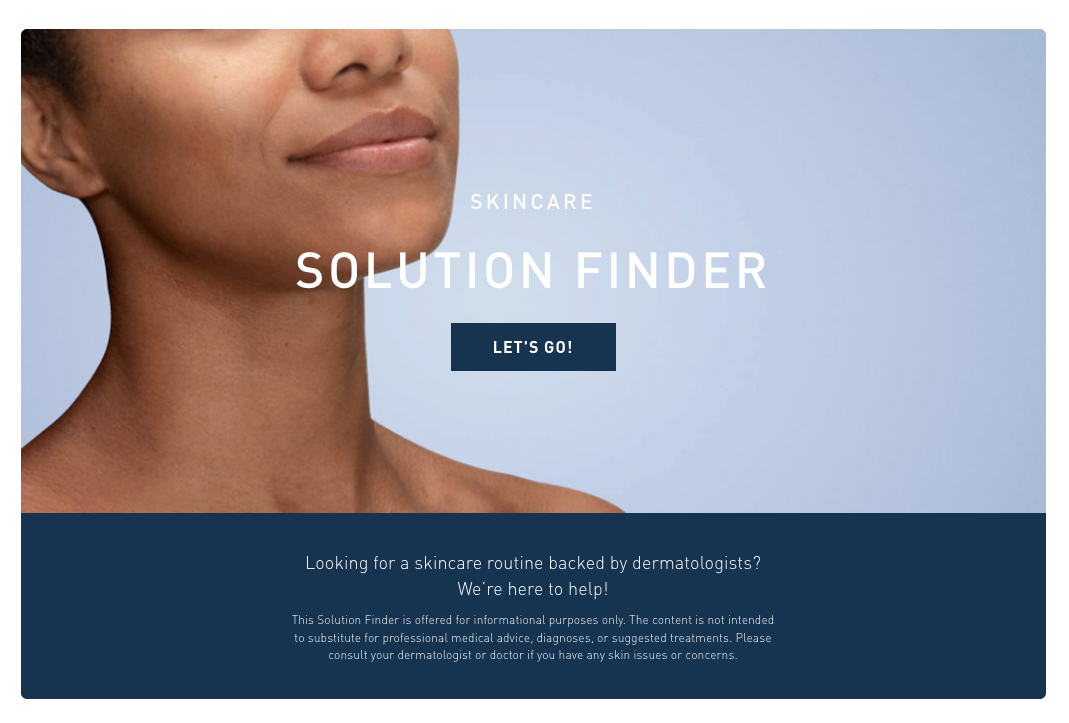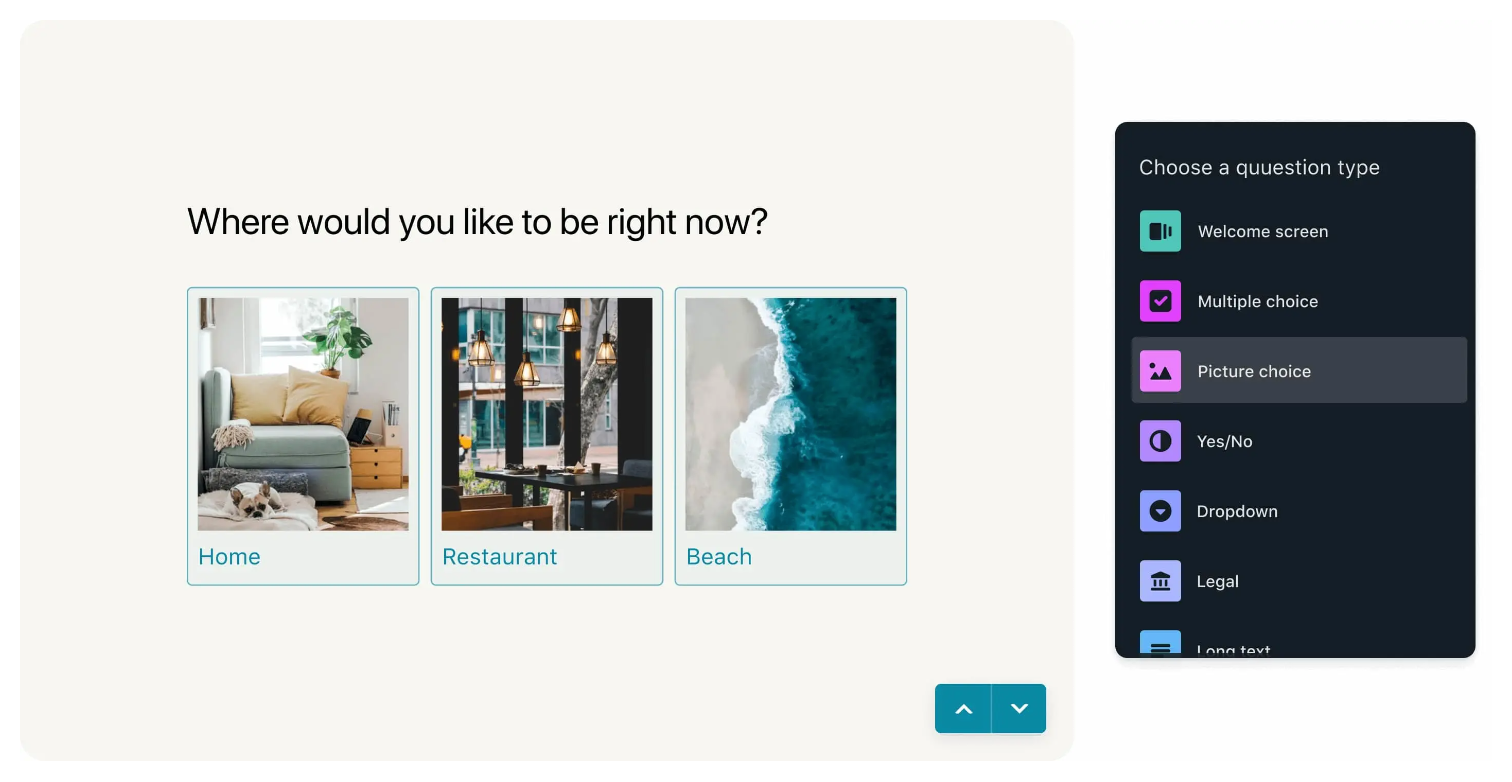Our view at Stack - Typeform is our go-to software if we need to ask a set of structured questions of a group of customers, prospects or leads. In summary, Typeform combines aesthetics, functionality, and flexibility. User-friendly form builder with interactive design, versatile question types, real-time data collection, 500+ integrations, and diverse templates. Ideal for engaging surveys and lead generation.
At the moment, we’re all used to third-party data. And we’re not saying there were never any challenges with the collection and use of third-party data. We’re just acknowledging that we’re accustomed to them—they’re the devil we know.
But now that third-party cookie tracking is on its way to extinction, it’s time to start implementing (and getting accustomed to) zero-party data. Something we’re not used to. A whole new set of (potential) challenges.
So what’s on the horizon? How will we have to pivot and problem-solve in this new era of zero-party data implementation?
1. Targeting and personalization without cookies
Cookies provide marketers valuable insight and allow their marketing efforts to be precisely targeted and hyper-personalized. You could track a user across sites, gather data as they went, and ultimately deliver tailored content to users and prospects.
The question is: will you be able to deliver the same level of personalization with zero-party data?
Solution: Build distinct customer segments with forms
The truth is, your audiences don’t exactly welcome cookie-based targeting cookie-based. A survey conducted among audiences from France and Germany revealed that as many as 57% of respondents don’t want their personal data to be used for ad targeting.
The same study shows that audiences are largely concerned about being tracked online without their explicit consent and feel followed by advertising that’s “creepily attuned” to their past browsing.
Zero-party data puts control back into the hands of your customers. It allows you to build trust with your audiences and prioritize user privacy, while still delivering tailored experiences.
Rather than relying on passive tracking, actively ask for information and insights from your audience by using well-crafted forms. You can collect meaningful data through:
-
Welcome pop-ups
-
Lead magnets
-
Feedback forms
-
Contact forms
-
Quizzes
-
Surveys
-
Registration forms
Use these formats to gather the data that’ll inform your targeting and personalization strategies. For instance, a skincare brand may implement a quick survey to help visitors determine their skin type and choose the right products. Later, they can use this data to craft personalized email campaigns or reach customers with exclusive discounts for the product line that matches their skin type.

CeraVe has implemented a survey to collect zero-party data while helping visitors find the right products.
Forms not only compensate for the loss of cross-site tracking but also foster a deeper connection with your audience. By encouraging them to share their thoughts and opinions, you create a two-way street of communication that builds trust.
2. Customers are reluctant to share personal data
While the shift to zero-party data might unlock the next era of personalization, the reluctance of customers to share personal information remains a significant challenge.
Sixty percent of people say they’re very cautious about the security of their personal data. And now, you need to ask these people to share their data willingly with you. The prospects don’t seem too optimistic.
How do you encourage active participation and data sharing with today’s privacy-aware customers?
Solution: Give them incentives
A collaborative study by Google and Boston Consulting Group revealed that 90% of customers are willing to share their email addresses in exchange for a small incentive. Further supporting the point, our own research revealed that mentioning gift- or reward-related keywords on the welcome screen increased the form completion rate by 5%.
It’s as simple as that. Turn data collection into a mutually beneficial transaction, and you’ll increase completion rates.
Provide exclusive discounts, personalized offers, or small gifts in return for their information. This not only sweetens the deal but also demonstrates the value you place on their data.
With Typeform, 87% of companies get higher form completion rates compared to their previous survey platform. A seamless respondent experience is a cornerstone of our surveys.
3. Difficult to collect reliable data
So, yes, you’ll need collect data, but how will you know it’s reliable?
You won’t know for certain, but you can increase the likelihood that it’s quality data by considering the user experience of your surveys (and the placement of those surveys). The design of your survey can affect a participant’s willingness to engage with and complete your survey—potentially jeopordizing the accuracy of your data.
Lengthy or cumbersome surveys are off-putting. And gated content, or any time a survey is a prerequisite, can beg bad data instead of actionable insight—a fake@fake.com instead of, well, an actual email.
You need to find a way to encourage users to share accurate information to make zero-party data work.
Solution #1: Keep it short and sweet
Instead of bombarding users with an extensive list of questions, focus on the most critical information in your surveys. Quick, targeted questions increase the chances of receiving accurate and genuine responses.
Here are more ways to make your forms look less burdensome and achieve more reliable data:
-
Try picture-choice questions. By using images representing different options, you’ll make it quicker and more appealing for users to select their choice.
-
Limit the number of choices in dropdown boxes. A concise list reduces decision fatigue and encourages users to make accurate selections.
-
Use an open text box. It won’t be as easy to set up automation based on responses as it is with multiple-choice questions, but you’ll more likely get reliable and meaningful information.

Solution #2: Be transparent
Another reason people may share less-than-accurate information with you is due to a lack of understanding about how their data is being used.
Your forms should clearly communicate why you’re collecting data and how it’s going to affect the respondent’s experience. Whether it’s for personalizing their experience, tailoring recommendations (remember the CeraVe skincare solution finder?), or improving your services, transparent communication will build trust and increase the accuracy of your zero-party data.
4. Too little customer data
Our team found that forms that took less than a minute to complete had, on average, a completion rate 15 percentage point higher than forms that took longer to fill out. Here comes the paradox—to get more zero-party data, you need to ask for less zero-party data.
How much data can you collect in less than a minute? Obviously, not enough to build distinct customer segments.
While shorter forms increase completion rates, they may not provide sufficient depth to fuel your marketing campaigns. On the other hand, lengthy forms risk user abandonment, leading to a trade-off between the quantity and quality of zero-party data.
Solution: Implement progressive profiling
You don’t have to settle for the bits of data collected through only one form. Progressive profiling allows you to build up customer profiles gradually, filling in the gaps in your customer data across subsequent interactions.
Instead of overwhelming users with lengthy forms, progressively gather information over time through a series of shorter forms. With each interaction, you’ll gain a deeper understanding of your customers
Say you initially engage with new visitors through a welcome pop-up. It’s best to focus on essentials like their names and email addresses. As the user continues to interact with your brand, collect more information through lead magnets or email surveys. The next engagement might involve a brief survey about their solution interest or a quick quiz to understand their pain points.
Over time, each interaction enriches customer profiles with data layers and gives you more insights for personalization than what third-party cookies could offer.

5. Navigating data privacy regulations
Zero-party data is the most consumer-centric and compliant way to get to know your customers. But, you still need to take measures to keep your customer’s data safe and avoid penalties.
Solution: Play by the rules
For instance, these regulations may indicate data retention periods and require you to remove data after a certain timeframe.
Also, don’t forget to get explicit consent from customers by implementing clear opt-in forms and checkboxes to make sure customers understand what they are consenting to.
The time to gather zero-party data is now
Zero-party data isn’t accumulated overnight. It may take months to build detailed customer profiles—so you’d better start early.
By investing time and resources in gathering data strategically, you’ll equip your marketing efforts with the insights needed to deliver highly personalized and targeted experiences.
If Typeform is of interest and you'd like more information, please do make contact or take a look in more detail here.
Credit: Original article published here.
